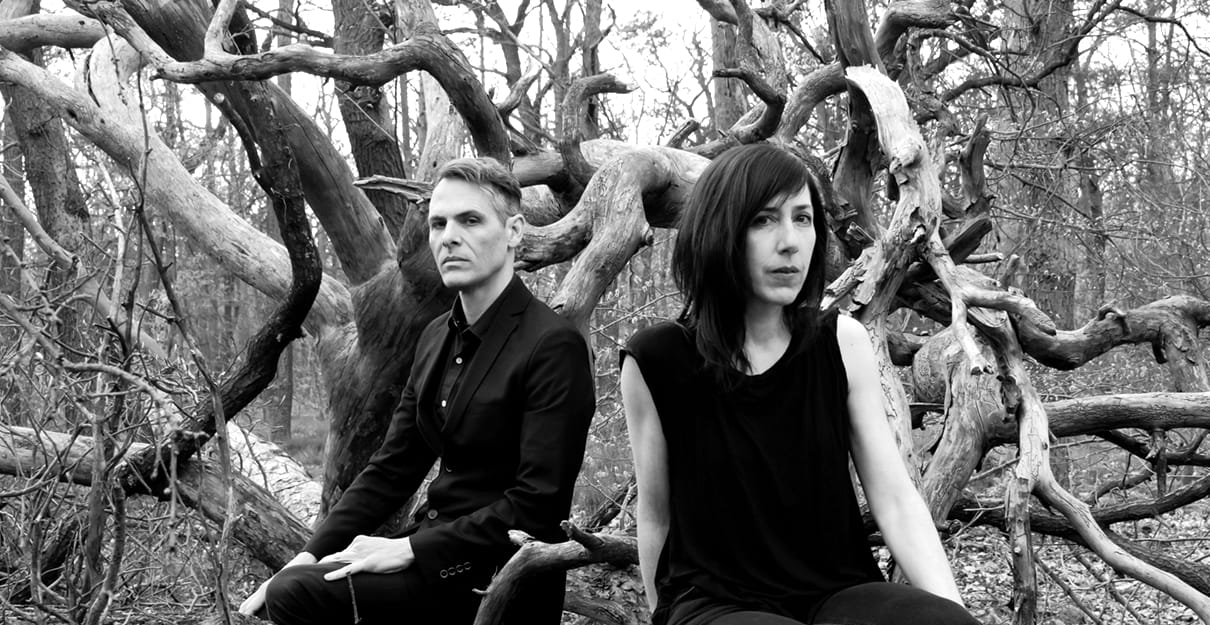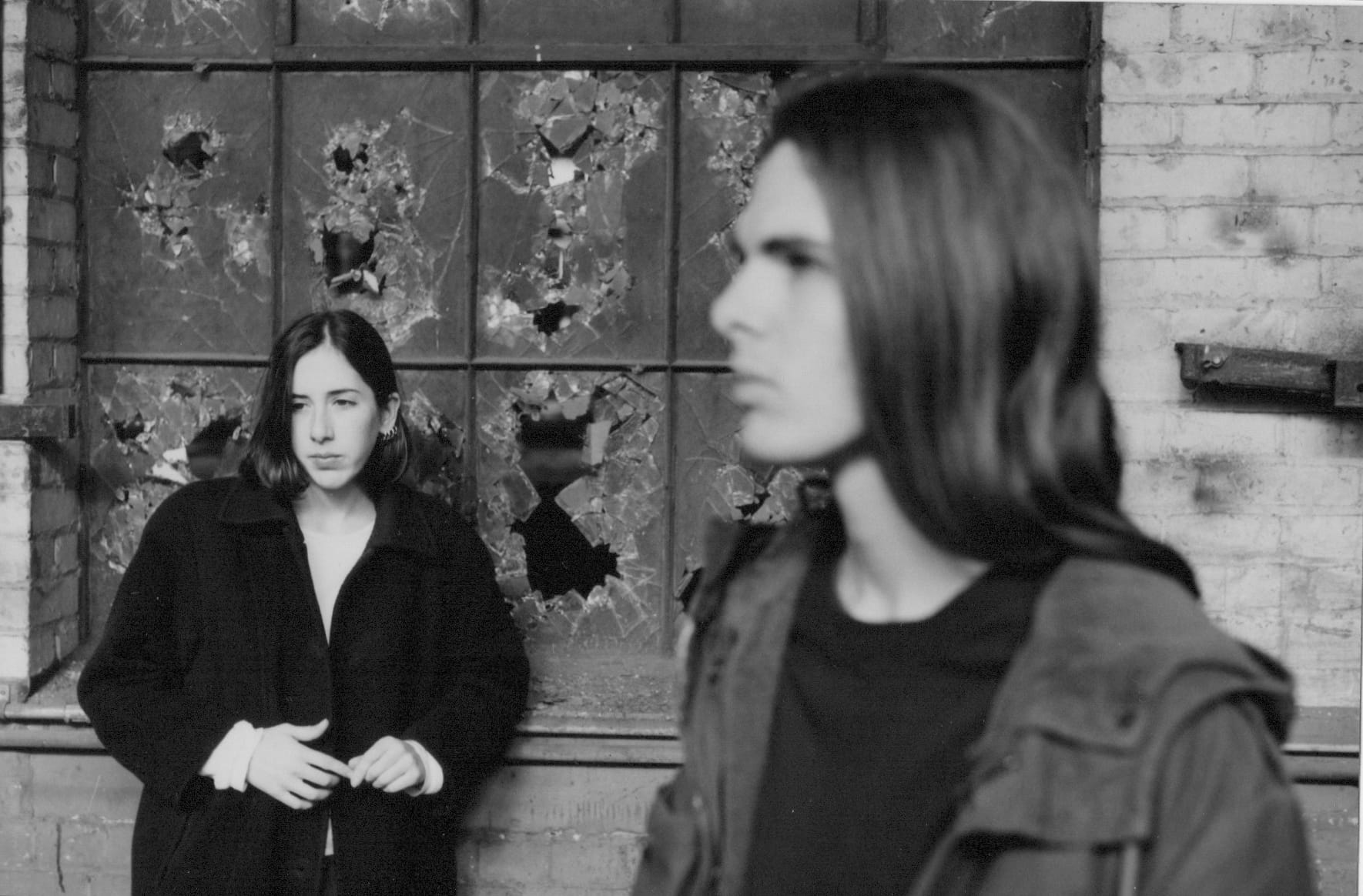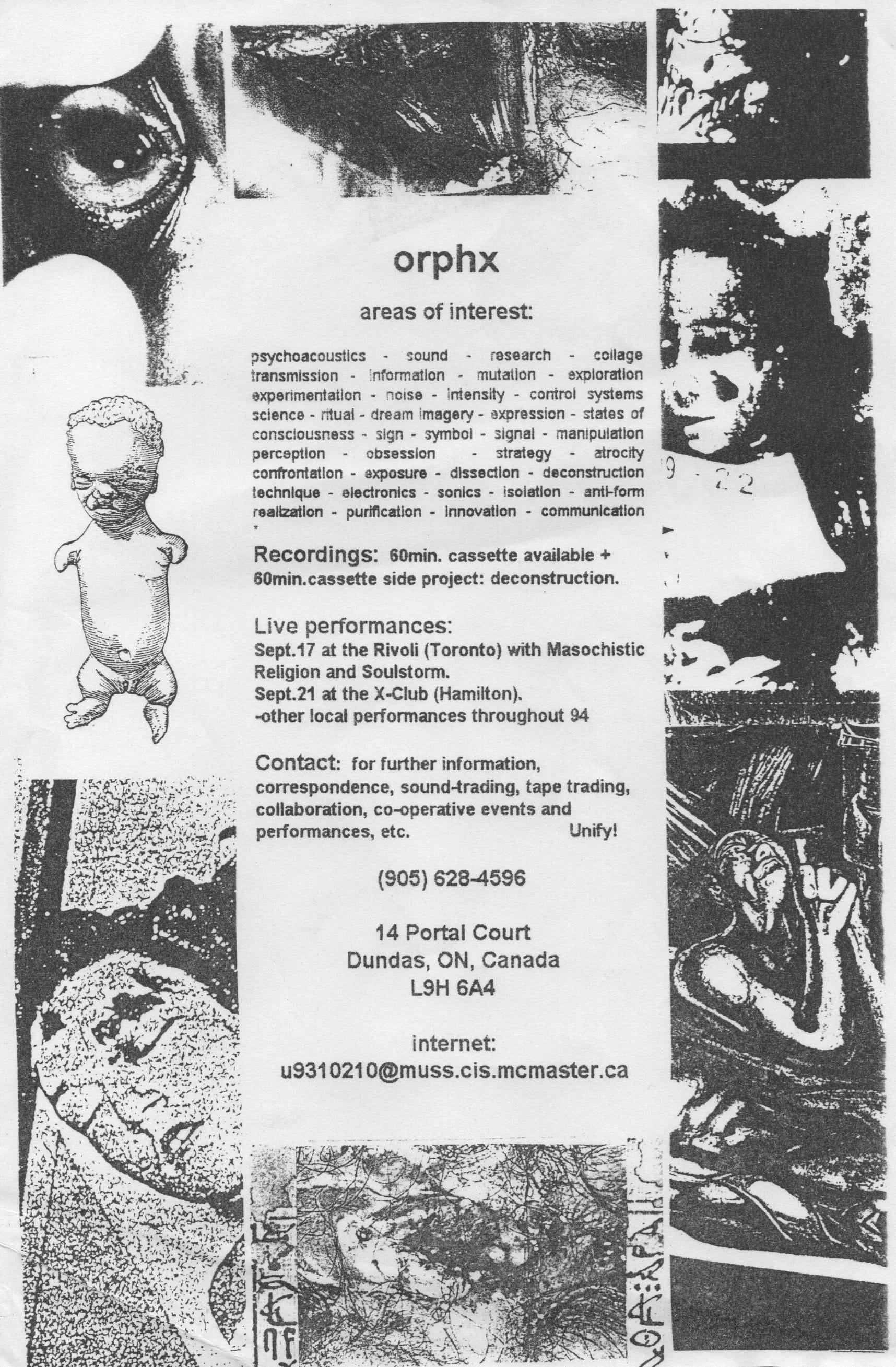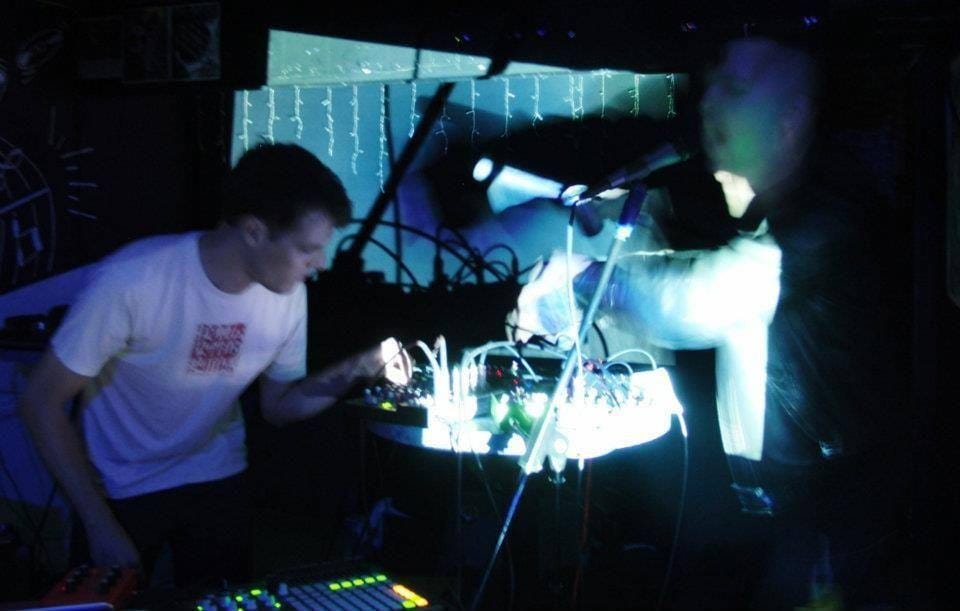Orphx: Three decades of rhythm 'n noise
Canadian artists Rich Oddie & Christina Sealey have collided industrial music with techno's rhythmic frontiers for 32 years running.

But for nearly 20 years before making a name for themselves as techno stalwarts, Orphx were producing uncompromising experimental-industrial music—moving from noisy sample collage into the realm of "rhythmic noise," a little-documented scene in the late '90s and early '00s that commingled caustic, distorted soundscapes with heavy, pummeling beats.
Orphx are best understood, in fact, as something like a missing link between industrial music and techno—which have always been closer bedfellows than purists might admit. Their rave history goes deep, all the way back to when they were self-releasing drones and power electronics on DIY cassette tapes amidst the early days of cross-cultural sonic exchange between Detroit and Toronto.
Three decades on, Orphx are as peerless as ever. I caught up with the pair to discuss the breadth of their career, the nuts and bolts of their ever-changing live sets, and what lies ahead, including an eight-hour improvised live collaboration with fellow legends Regis, Surgeon, and Speedy J.
industrial music & Toronto rave
Rich Oddie
We started Orphx in the fall of '93. [Christie and I] had started a band together before that, and we were both into industrial music, as well. So, [back in 1993,] we had the shoegaze band happening, and we were both listening to industrial music and going to raves. My friend Aron [West] and I started this other project, just messing around with some synths. We wanted to make something kind of noisy—we were listening to a lot of SPK, and we were like, Oh, let's do something like that. And then Christie joined us, with her reel-to-reel, and started adding to [what Aron and I had done]. [That was] another whole bunch of fun—another little experiment where it's like, Oh, we like this kind of thing, too. And like, Let's mess around with this and see what happens. And then it just seemed like there was energy between the three of us, [and that's how Orphx started.]
Christie Sealey
At the beginning, [Orphx] was basically reel-to-reel [tape manipulation], the [Ensoniq] Mirage sampler, and a couple of synths.

Rich Oddie
The Mirage was famously used by Skinny Puppy.
[Christie, Aron and I met] in the town of Dundas [Ontario, Canada], which is actually where I am now, which is just adjacent to Hamilton.
[Back then, in Dundas,] there were little pockets of weirdness—actually, I think one of the things that got us going is, we saw these posters around town. I mean, there's maybe 30,000 people [in Dundas] now, and probably two thirds of that back [in 1993.] We saw these posters around town that said something like "experimental music." And we were like, Oh, what's this? This is maybe the summer after we had started Orphx.
Christie Sealey
Yeah, spring [of '94] and then into the summer.
Rich Oddie
I think we had put out the second Orphx tape by then. So we saw these posters, and went to check this out, and it was this weird little factory space in town where a group of artists were doing these experimental music nights where everyone's improvising. It was stand up bass, vocals, synth, someone on guitar, something like that.

Christie Sealey
Weird people would show up.
Rich Oddie
Sometimes there was interpretive dance, and it was just all sorts of weird shit going on, with these really interesting people who were maybe five-ish years older than us. At that time, we were at the end of our teens, and [the rest of the crowd] was in their mid 20s, something like that. And we were like, Man, these people are so cool and so strange.
Eventually, we started working with them. We started presenting shows together. Each show would have a different premise, and we even did one in an abandoned factory nearby, with just a handful of people.
[Around this time,] we were on the tail end of [the Toronto rave scene.] We had friends that were going down to Detroit, and going to Plus8 parties [organized by Richie Hawtin aka Plastikman], and other events.
I remember being invited to one, and I was kind of scared. I was like, Oh, I don't know if I want to cross the border, and what's this gonna be like? I don't really know these people that well. [laughing]
Christie Sealey
Steel City Records [a techno record label based in Hamilton] was active at that time. Dave [Foster, aka Huren, who in 1992 recorded "The Wipe" as Teste] had some records on there.
Rich Oddie
It was a cool time, and we were exploring these scenes and trying to figure out what's what.
I remember at the time, I was like, A lot of this music I don't really like. But then I would hear something where I'd be like, Oh my God. This is it.
And one of those things was "The Wipe" by Teste. We knew Dave [Foster] through a mutual friend. I remember around this time—I think maybe even before we did the first [Orphx] tape—going to our friends' parents' place and seeing all the gear he had set up. And I was just like, Oh my God. This is incredible.
Like, What is MIDI? How do you do this? He had a [TR-]909, all this gear. And so I thought, Okay, there's some really cool techno, and these people know how to make it. We were pretty enamored with what they were up to.

